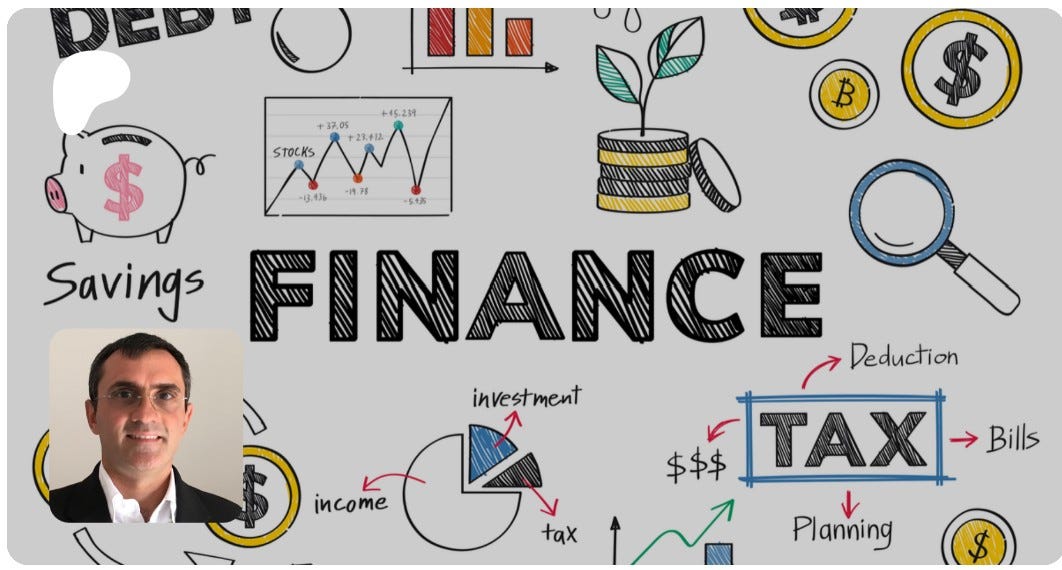The Financial Stability Board (FSB) published its Peer Review of Italy. The review examines Italy’s progress to date and reports success by the Italian authorities in reducing non-performing loans (NPLs) on bank balance sheets, developing the secondary NPL market and improving the domestic legal and institutional framework.
The main purpose of the peer review is to examine Italy’s progress to date in reducing nonperforming loans (NPLs) in the banking sector and any further reform plans, with a view to drawing lessons for the FSB membership. The research focuses on three areas: the accounting, regulatory and supervisory measures to reduce NPLs; the development of a secondary market for NPLs; and measures for resolving NPLs, notably through the enforcement, restructuring and insolvency framework. It examines the steps taken by the authorities including by following up on relevant FSAP recommendations and FSB commitments.
The Italian authorities have achieved significant success in reducing NPLs on bank balance sheets. From their peak of €360 billion in December 2015, gross NPLs fell to €63 billion by June 2023, with the gross NPL rate declining from 16.5% of total loans to 2.8% over the same period. Close cooperation between domestic authorities, open communication with the private sector and a collective responsiveness significantly contributed to this successful reduction.
PWC Update Chasing Tomorrow
PWC published a recent update on Italian NPE and Credit Management Industry explaining how the market is undergoing a significant transformation, marked by a shift from traditional practices to more nuanced and sophisticated strategies. Historically, the focus was on the accumulation of non-performing loans (NPLs), often lingering on books for years. The primary recovery method was a straightforward liquidation approach. Large-scale, "Jumbo deals" were prominent, aimed at accelerating deleveraging. This period also saw the utilization of tools like GACS, leading to substantial disposals of over €110 billion between 2016 and 2022. The market was characterized by systemic transactions, with large investors and Nordic players dominating the debt purchasing landscape.
To support the removal of NPLs from bank balance sheets, the authorities took several steps to facilitate the securitisation and sale of NPLs. The Guarantee on Securitisation of Bank bad loans (GACS), introduced in 2016 by the Italian Ministry of Economy and Finance, has undoubtedly been a success in contributing to the removal of NPLs from banks’ balance sheets. GACS has accounted for the largest reduction in NPLs in banks’ balance sheets between 2017 and 2022 and so far has not been at a cost to the taxpayer, although the workout of NPL portfolios disposed via GACS remains in progress and therefore still could expose government finances to risk.
The securitisation and sale of NPLs supported by the GACS enabled a secondary market for NPLs to develop and attracted new players and capital. It prompted a structural change by increasing the technical capacity of the Italian financial sector to transfer and manage NPLs outside banks. Some other jurisdictions have introduced reforms modelled on this approach.
GACS has finally expired after several extensions and is not expected to be reactivated as it is not needed in the current environment. With the bad loans legacy stock largely reduced, the focus of bank’s balance sheet management is now on the Unlikely to Pay (UTP) portfolio. Compared to bad loans, where debtors are insolvent or in substantially similar circumstances, the sale and workout of UTP loans involves different considerations and skills for banks, investors and servicers for the debt management and, if needed, resolution and enforcement. In the current macro-economic environment, it is imperative that the market mechanisms for NPL sales and securitisation not weaken, and that the authorities continue to monitor and take steps to maintain a robust secondary market for NPLs.
Furthermore, the role of servicers continues to be critical. While master servicers are under the supervisory purview of the BdI, their activities are often outsourced to special servicers that operate outside the regulatory perimeter. BdI has tightened its supervisory monitoring of master servicers and issued guidance observing that market practice has drifted in some cases from the regulatory framework and reiterating acceptable practices to meet the regulatory objectives. Further strengthening of the supervisory oversight of the servicers is planned and would be important for effective NPL resolutions and from a broader financial stability perspective.
EBA on European Banks
Q3 2023 quarterly Risk Dashboard (RDB) published by European Banking Authority (EBA) pointed out that European banks remained highly profitable, well capitalised and maintained robust liquidity. Banks expect the asset quality to deteriorate as higher interest rates affect borrowers.
Insolvency reform is a lengthy process: the reforms introduced since 2015-16, which culminated with the Insolvency Code in 2022, are only likely to yield results in the medium- to long- term. Despite progress made, substantial legal issues remain outstanding, and the insolvency and debt enforcement framework would remain a bottleneck if NPLs were to surge in the near future. Long durations of enforcement and insolvency procedures are a key challenge that should continue to receive the authorities’ attention. To address the persistent long durations, further reforms to simplify and streamline court procedures are necessary. The information systems to track and monitor court proceedings are not apt to monitor their efficiency as the Italian court system does not collect granular information.
The peer review provides several recommendations for the Italian authorities based on identified issues:
1. **Monitoring the NPL Secondary Market**: Authorities are advised to continue overseeing and promoting the secondary market for Non-Performing Loans (NPLs). This includes avoiding actions that could negate past successes. Additionally, the Bank of Italy (BdI) should enhance its supervision of relevant entities, including servicers.
2. **Addressing Long Enforcement Procedures**: To tackle prolonged enforcement procedures, the review suggests:
- Increasing resources and staff in courts, especially those with significant backlogs.
- Enhancing specialization in commercial, insolvency, and enforcement matters in courts.
- Completing the digitalization of the court system, including implementing an e-tracking system for monitoring court performance and establishing proper incentives.
3. **Monitoring Insolvency, Restructuring, and Enforcement Systems**:
- Ensuring the system achieves its goals by providing adequate human resources and training for experts, and collecting data to monitor usage and outcomes.
- Evaluating the 2022 reforms once established, and considering further reforms like:
- Improving the process for swift court confirmation of pre-negotiated out-of-court plans.
- Enhancing simplified insolvency proceedings for small and medium-sized enterprises (SMEs) reorganization and liquidation.
- Assessing the effectiveness of the existing Early Warning System (EWS) and considering further reforms to strengthen the link between EWS and debt restructuring.
Relevant Links:
https://www.fsb.org/2024/01/peer-review-of-italy-2/
This newsletter is free please consider supporting it with a small donation
Check my personal blog mostly in Italian
See my full professional profile (available for consulting projects)
My Podcast on Financial News and Education
My new Podcast on Italian Politics











